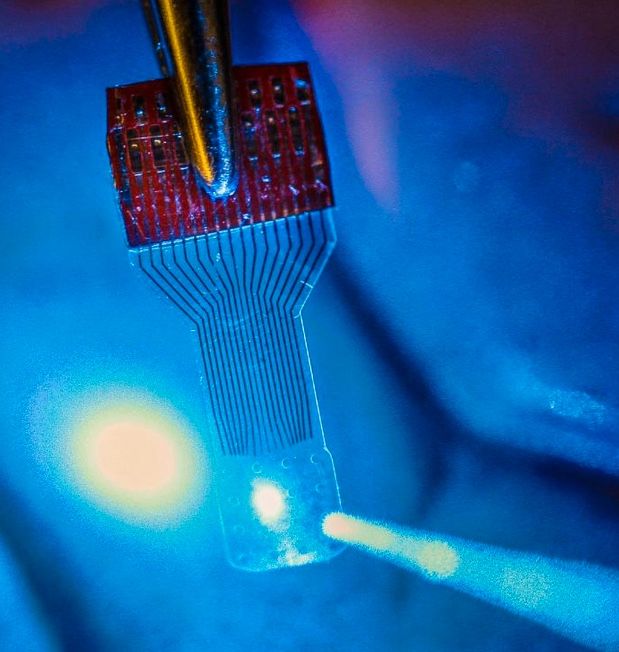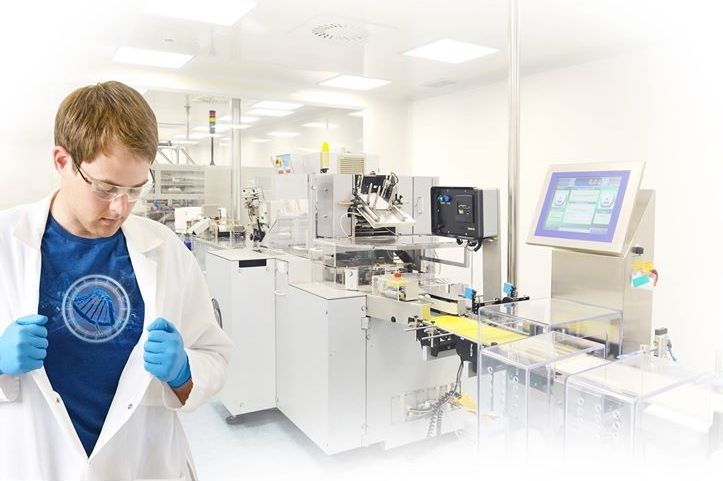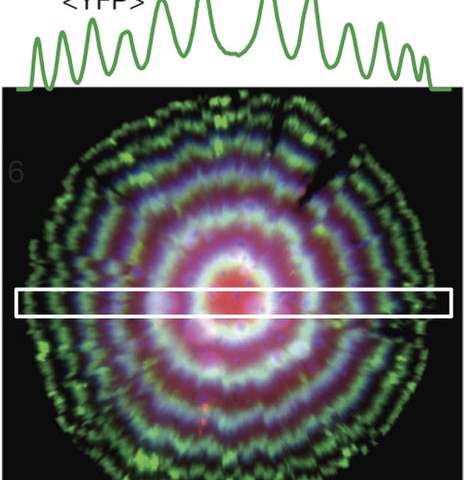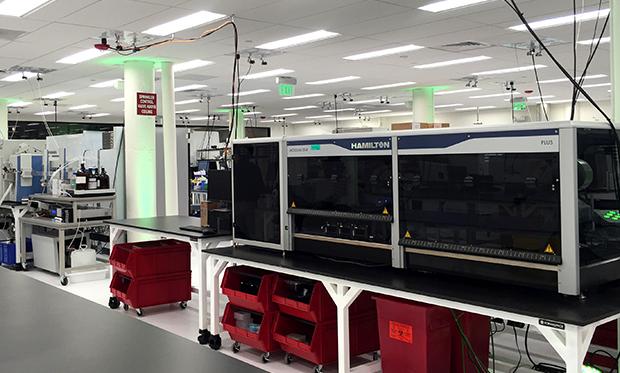Oct 25, 2016
The Lancet: Swiss doctors report success of using cells from the nose to repair damaged knee joints 2 years post operation
Posted by Steve Hill in categories: bioengineering, biotech/medical
Tissue engineering makes further progress for repairing damaged joints.
Writing in The Lancet, Swiss doctors report that cartilage cells harvested from patients’ own noses have been used to successfully produce cartilage transplants for the treatment of the knees of 10 adults (aged 18–55 years) whose cartilage was damaged by injury. Two years after reconstruction, most recipients reported improvements in pain, knee function, and quality of life, as well as developing repair tissue that is similar in composition to native cartilage.
Despite this promising start, however, the effectiveness of the procedure needs to be rigorously assessed in larger randomised trials compared to conventional treatments and with longer follow up before any firm conclusions can be drawn about its use in routine clinical practice, say the authors.

















